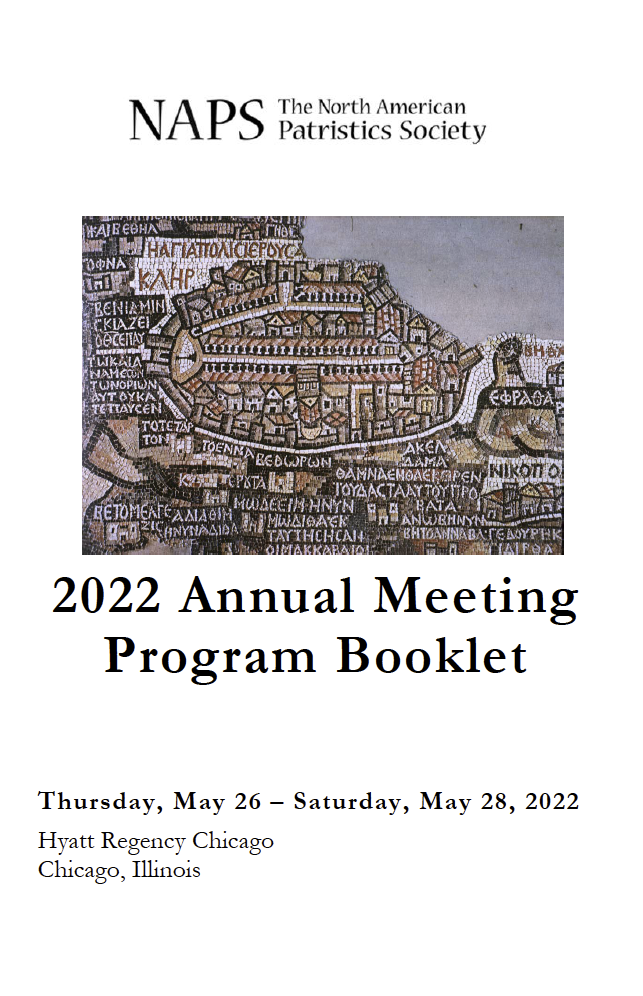
Hebrews 7:20-28
20 And it was not without an oath. For those who formerly became priests were made such without an oath, 21 but this one was made a priest with an oath by the one who said to him: “The Lord has sworn and will not change his mind, ‘You are a priest forever.’” 22 This makes Jesus the guarantor of a better covenant. 23 The former priests were many in number, because they were prevented by death from continuing in office, 24 but he holds his priesthood permanently, because he continues forever. 25 Consequently, he is able to save to the uttermost those who draw near to God through him, since he always lives to make intercession for them. 26 For it was indeed fitting that we should have such a high priest, holy, innocent, unstained, separated from sinners, and exalted above the heavens. 27 He has no need, like those high priests, to offer sacrifices daily, first for his own sins and then for those of the people, since he did this once for all when he offered up himself. 28 For the law appoints men in their weakness as high priests, but the word of the oath, which came later than the law, appoints a Son who has been made perfect forever.
When I was a kid I frequently walked down this hallway in the church our family went to—Grace Baptist Church in Sumter, SC—and on the wall of that hallway was a long line of equally-sized framed pictures of all the pastors of the church. The first one looked old, old, old! And the last one was of our pastor at the time. This used to be more common in churches. Many of you have undoubtedly seen the same.
The effect was always a bit moving but also a bit sobering. It was moving because it reminded me that the line of pastors and the church itself had been there for a long time. It was sobering because it was a standing reminder of the temporal nature of human ministry. The vast majority of men in those pictures were deceased.
That hallway was a statement: we are here and we have been here for a long time doing ministry.
That hallway was a memorial: stop and remember those who have gone on before us.
The writer of Hebrews has been walking down the hallway of the priests of Israel, but now He is stopping and lingering long on the last picture. The last picture is not like the first. Our final priest is different from the others.
In fact, the writers of Hebrews is going to argue that the last priest, Jesus, is the greatest priest and that, in fact, there will never be a picture to the right of his because He still holds His office! No more wall space is necessary. No more frames need be bought! Our final priest is our greatest priest and our final priest breaks the mold in many ways.


 I thought I might archive my notes and scribbles from the annual NAPS meeting I attended last week. I suspect anybody foolish enough to glance at these will find them largely illegible. Ha! Regardless:
I thought I might archive my notes and scribbles from the annual NAPS meeting I attended last week. I suspect anybody foolish enough to glance at these will find them largely illegible. Ha! Regardless: